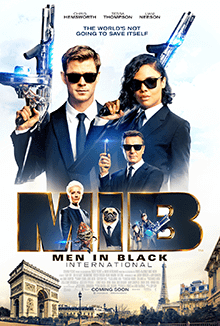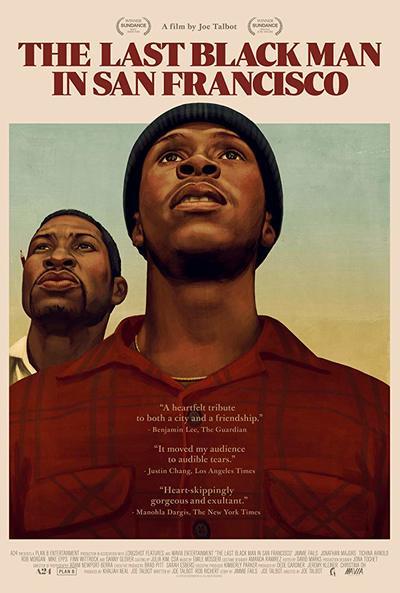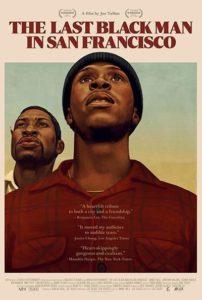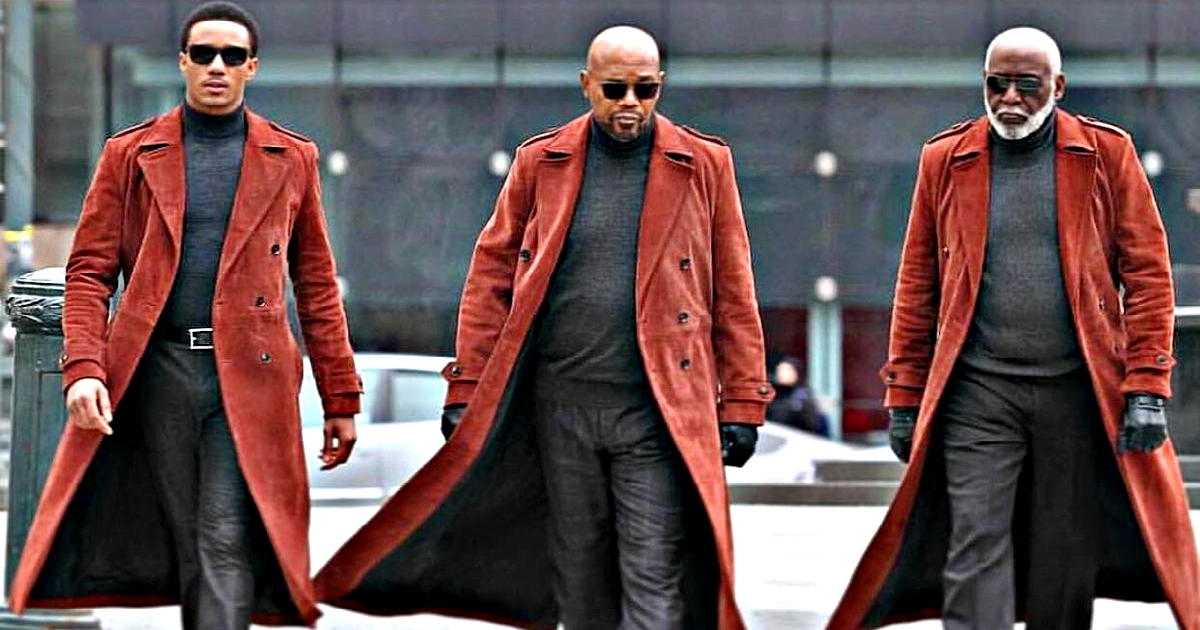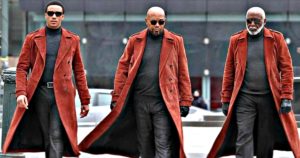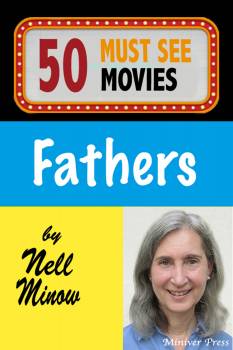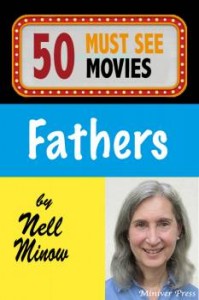Men in Black International
Posted on June 13, 2019 at 5:49 pm
B-| Lowest Recommended Age: | High School |
| MPAA Rating: | Rated PG-13 for sci-fi action, some language and suggestive material |
| Profanity: | Some strong language |
| Alcohol/ Drugs: | Drinking and drunkenness |
| Violence/ Scariness: | Extended sci-fi/comic book style peril and violence including weapons and explosions, some graphic images |
| Diversity Issues: | None |
| Date Released to Theaters: | June 14, 2019 |
| Date Released to DVD: | September 9, 2019 |
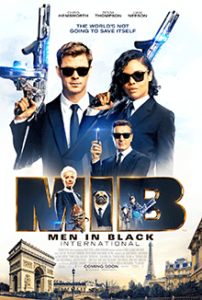
For example, among the many understated, near-throwaway jokes in the first movie, we saw a bank of television monitors tracking people on Earth who are in reality aliens. Unless you were watching it on a DVD player with a pause button, you would miss most of it, but the “aliens” included “Today’s” Al Roker, singer and psychic promoter Dionne Warwick, Tony Robbins, Sylvester Stallone, and fashion designer Isaac Mizrahi. They use the same joke again, but it’s just Ariana Grande. Really? That’s the best you’ve got? Much of what made the first film such a wonder was the sense that there was a fully-imagined, world where supermarket tabloids were the only non-fake news, that somehow made more sense than the one we think of as real. It never winked at its characters or the audience. This one goes for a cheap laugh by having Hemsworth reach for a sledgehammer. He’s Thor, get it?
Thompson plays Molly, who had an alien encounter as a child and was accidentally not neuralized with the MiB’s memory eraser. She helped the fuzzy green alien escape and even learned a couple of words of its language. Since then, she has been so obsessed with learning more about the way the universe works that most people, including the man who was impressed with her record on the tests for government service, dismiss her as nutty.
By tracking an alien arrival, she sneaks into the MiB office, where the director (Emma Thompson as Agent O) agrees to take her on for a probationary period and sends her to the London office, where the top agent is H (Hemsworth), whose character seems to be based on the roles Rock Hudson played in “Pillow Talk” and “Lover Come Back,” a rakish playboy who hangs out with aliens at card games and nightclubs. While he is a legend in the office for having defeated The Hive with his then-partner, Agent T (Liam Neeson), he has pretty much checked out, sleeping at his desk and annoying his play-by-the-rules colleague, Agent C (Rafe Spall). H takes a visiting alien dignitary out for a night of drinking and debauchery but things go wrong and the alien is killed, with just enough time to pass on to Molly, now Agent M, a small object that seems to be very important, but he does not tell her why.
This fourth in the “Men in Black” series owes as much to James Bond as to its original (in both senses of the word) off-best, off-kilter, world-building story-telling. Our heroes hop around glamorous and exotic settings: Paris, London, Marrakech, a mysterious fortress on an island. Characters and incidents from the past are confronted and characters from the present may not be what they seem. A new character, voiced by “Silicon Valley’s” Kumail Nanjiani nearly steals the film with a reminder of the understated but pointed humor of the first film.
It has an awkward twist that indicates some struggles over rewrites, but H and M are so blandly conceived that even two of Hollywood’s most versatile and appealing performers can’t make them vibrant.
Parents should know that this film includes action/comic book-style peril and violence, powerful weapons, mayhem, characters injured and killed, monsters, disturbing images, some strong language, and a non-explicit inter-species sexual situation and sexual references.
Family discussion: Why did H change after his experience with the Hive? What did M want to understand about the universe and were her questions answered? Which alien was your favorite?
If you like this, try: the other “Men in Black” movies and the comics, “Guardians of the Galaxy,” and “Paul”

